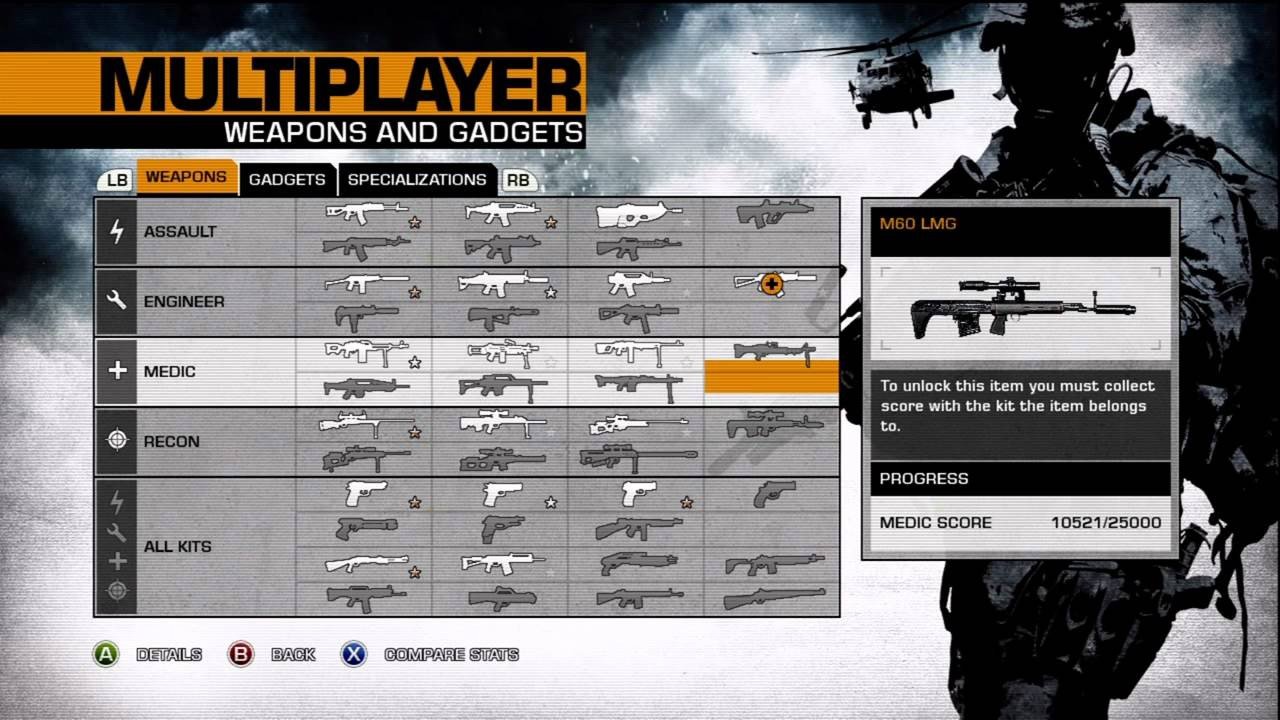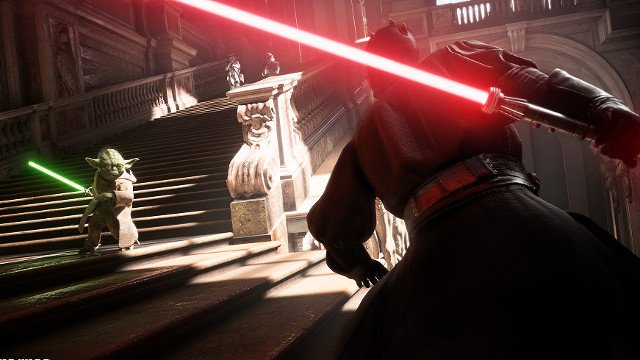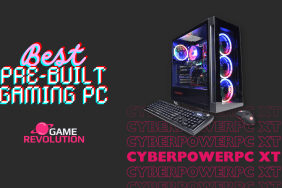Multiplayer games have always had a big central problem: how do they get people to keep playing? For some outliers, such as Dota 2 and Counter-Strike: Global Offensive, players will keep playing anyway. Sure there are cosmetic rewards in each of those games, which together make up the two most popular games on Steam by a huge margin, but these are mostly icing on the cake, where the true reward is getting better and better at the game itself. These are the exceptions, not the rule.
For most, the answer became immediately clear: progression. Developers need to make it so players are working toward some reward, or series of rewards, which keeps them coming back to achieve that goal. Good progression systems will then replace that goal with another, keeping the player coming back again and again, as long as the core gameplay is fun enough. But, as time has gone on, developers have forgotten how to do this well, moving toward loot box systems that are either low-key anti-consumer or outright pay-to-win. From the early details of Star Wars Battlefront 2 loot crates, it seems we have another example.
I want to say for fairness sake that Battlefront 2 loot crates are a work-in-progress. They are completely subject to change in the several months leading up to the game’s release. Furthermore, at this point at least, EA has made no announcement that you will be able to purchase these loot crates or the currency required to unlock these loot crates. Other positive signs include their apparent willingness to give away for free one of these Battlefront 2 loot crates every day, which would put it well above the rate at which you earn loot crates in Overwatch, as an example. So there is a lot to admire in the restraint we’re seeing out of EA so far.
The problem is that stat-boosting items, such as the ones available in Battlefront 2‘s loot crates, are always either harmful or neutral. They seldom ever benefit the game as a whole. Moving on from Battlefront 2 (which seems fair for the reasons stated above), Injustice 2 uses a very similar system: gear that buffs their stats are included in loot boxes which you unlock by playing the game. There’s no way to purchase these with real money, so it’s not exactly harmful, but what benefit, exactly, does this gear system bring? All other things being equal, the person with the better gear will come out the victor, and that’s not how a fighting game should work.
The only time I’ve seen a situation like this work is in Friday the 13th: The Game. As you gain experience, you can unlock Perks for counselors that make certain things marginally better. The cops might show up more quickly, or you might be able to stun Jason more regularly, for example. There’s no way to purchase these Perks. Largely, though, Friday the 13th: The Game pulls this off by being asymmetrical, and the game is already so heavily stacked in favor of Jason that no single or cumulative benefit to the counselor that these perks provide breaks the game.
Getting this out of the way: Being able to purchase with real money in-game advantages is indefensible, even if you can opt out of it. If I bought a $60 game, I should be able to have as good an experience in every game mode as any other player who made the same purchase. In response to my review of For Honor, many people pointed out how I could simply play a game mode that doesn’t allow for gear. Indeed some modes in For Honor didn’t allow gear stats. If you start parsing it down like that, though, saying things like “well just don’t play the mode that allows microtransactions,” well then I’m not getting every piece of the $60 pie I purchased, am I?

I’ll admit, though: shooting games in particular have a hard time with progression and microtransactions. What can they really include that won’t break the game’s balance? While it’s difficult, they used to have it down pat. Without meaningful microtransactions, the early Call of Duty games, all the way up to Black Ops probably, had a rather elegant progression system. As you play, you gain experience and level up, unlocking access to new weapons and perks for each level. Once you unlock everything, you “prestige,” removing all your unlocks and letting you do it all again. While some of these unlocks were simply better than the lower levels, I knew that all I had to do was play a bit more to get on an even playing field, and I knew that no one could pay a few bucks to speed ahead of me.
Battlefield: Bad Company 2 had a similar system, using weapon unlocks as the primary reason for continued play. While they didn’t have a prestige system like Call of Duty, each weapon unlock was class-specific. You’d have to play as a medic to unlock better medic gear, and play as recon to unlock better recon gear. This definitely satisfied the threshold of creating more goals and keeping the player coming back without making them pay every step of the way.
It seems like the only solution is “don’t have microtransactions,” but that’s not the case. While this would solve most of these issues, there is certainly a middle ground. As much as I criticize the loot box system in Overwatch, it’s certainly working. Overwatch just passed 30 million players, so how can I really say that it doesn’t bring people back? Blizzard has the right idea at least. They regularly produce new cosmetic content that makes me want to play so I can level up and earn that new content, and it doesn’t affect gameplay and isn’t segmented in certain game modes.

The problem is that the prospect of actually getting a desired new skin is very poor indeed, because Blizzard puts up a series of roadblocks that funnel its players toward purchasing loot boxes, rather than playing to earn them. You can’t purchase skins individually, you don’t regularly earn in-game currency with which to buy skins, and the odds of getting a legendary skin in a loot box seem very low (and the last-known probability figures support that conclusion). So rather than coming back to play to earn those progression rewards, one might simply be too discouraged to try to get them and not feel compelled to return.
The truth is that it’s hard to put a label on it, or prescribe a certain set of criteria that determines what is and isn’t OK for multiplayer progression in a post-microtransaction world. Sometimes it works well, whether it be by bucking microtransactions entirely (Friday the 13th: The Game), or by offering cosmetic rewards as progression incentives that can also be purchased via microtransactions. But one size does not fit all, and, as developers continually seek to find the ultimate solution, the quality and reception of their games hang in the balance.











